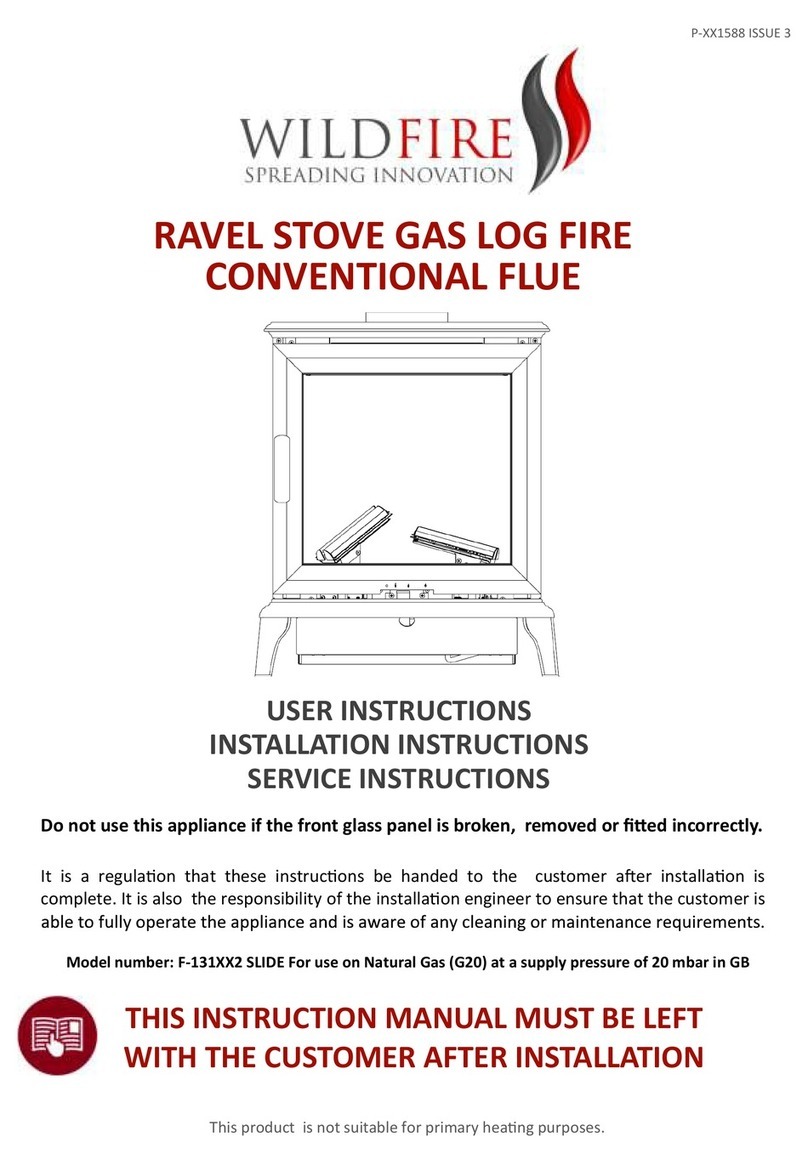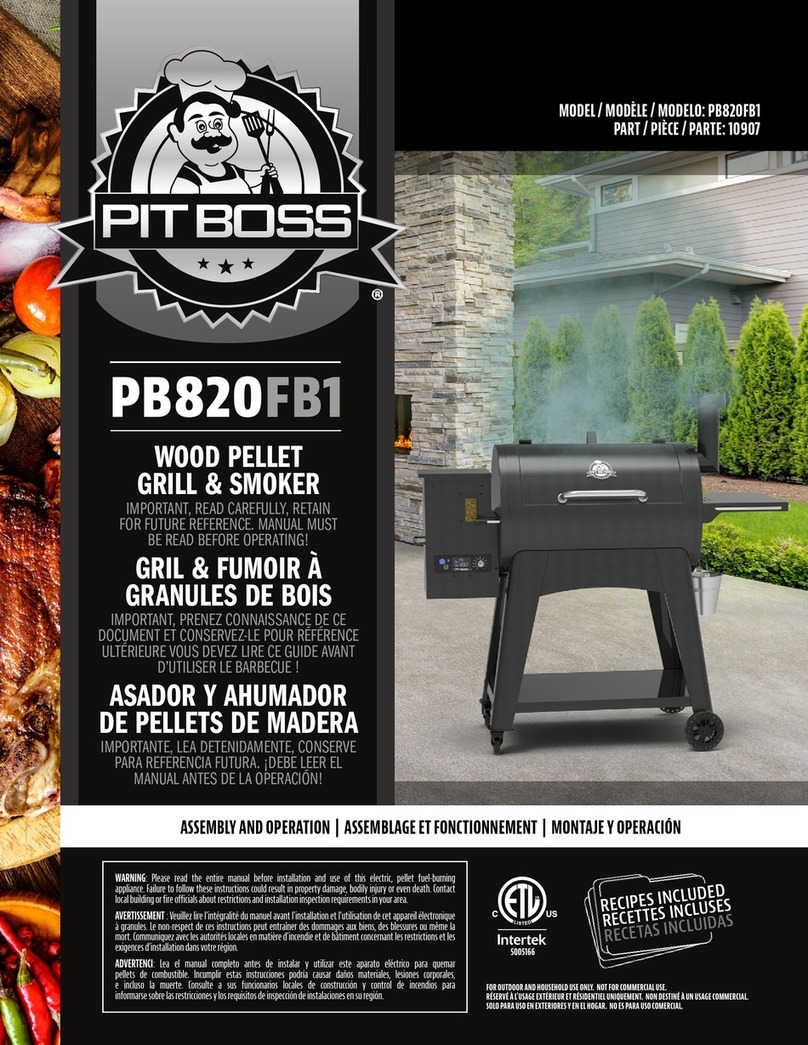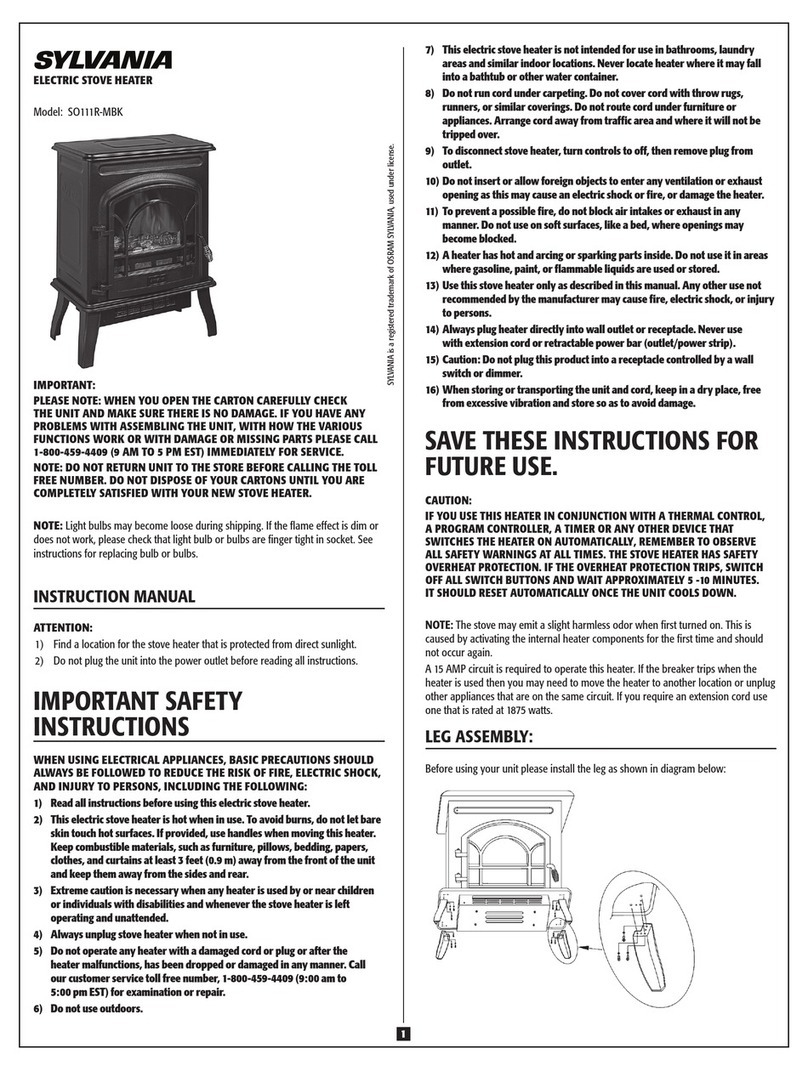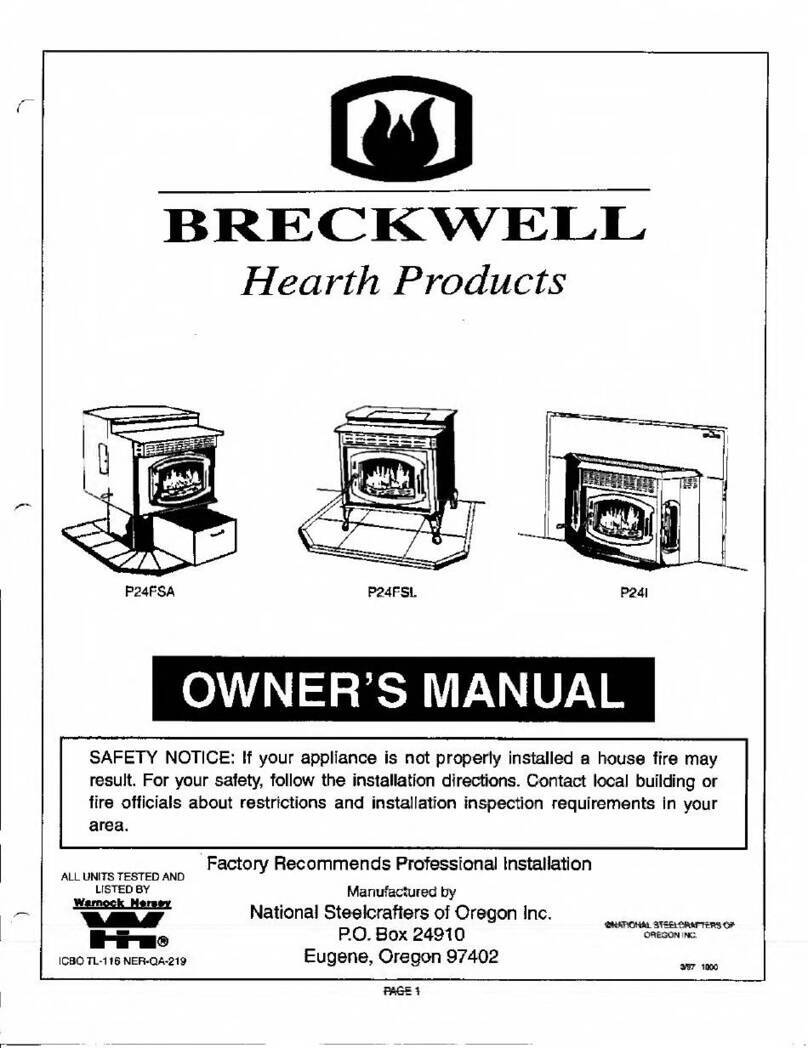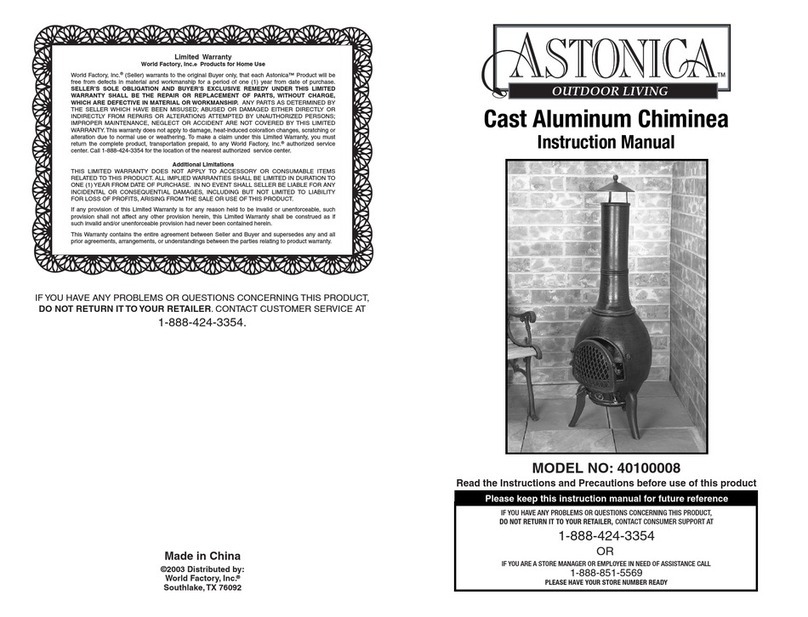
06
“EasySteam” company's furnaces are made from stainless heat-resistant steel with chrome
content not less than 17%. The furnace body (point 1), which is 3 mm thick, is a complex bent-welded
structure with additional elements to reinforce the construction. There are convection canals (point 2)
on the outside of side-walls.
The protective heat-retaining shield (point 13), which is made of 2 mm thick construction
steel, is installed around the furnace. The clearances between the wall of the furnace and protective
cover are filled in with stones and make up an outer heater. A big amount of stones in the inner heater
will keep the temperature within the design limits and will facilitate subsequent dehumidification of
the sweating room.
Maintaining the flame temperature high inside the furnace is essential for the heating up of
the inner heater (point 3) to the uttermost. There are protective heat-retaining shields (point 4) made
of 20 mm chamotte tiles on the inner surface of the burner which help to redistribute the temperature
load inside the furnace, significantly increase the heat energy transfer to the bottom of the heater
and to take the load o the load-bearing wall.
The inner heater is a complex bent-welded reservoir made of 4 mm stainless steel in the
center of the furnace.
In order to equally distribute the load of massive heater's filling, the heater's bottom is made
semicircular that also lets to increase the heating area and to prevent the bottom elevated-
temperature deformation. Maintenance of the equipment is done through the steam pipe (point 5).
Due to the fact that in the operating process the heater is one of the most loaded elements, total
mass of the filling shouldn't exceed the maximum value mentioned in this manual!
Steam generating unit (point 6), which is a complex system of vertical and horizontal pipes,
is installed in the heater to get high quality finely dispersed steam. Pin-holes are made in horizontal
pipes to ensure even distribution of steam-water mixture over the most heated-up bottom layer of
the heater's filling. The dispensing unit (point 7) is attached to the upper part of the steam generating
unit. There is a safety (back pressure) valve in order to prevent an unpermitted emission of steam-
water mixture in the opposite direction.
Before usage, it is necessary to check the performance capability of the dispensing unit. Remove
(screw o) the dispensing unit and examine the safety valve. In case of discovering of foreign
object (small pieces of bath besom or so on), remove them and wash the device properly.
Performance capability of the safety valve is checked by shaking if the valve is functional, you will
hear a distinctive sound of valve jingling in both ways which indicates that nothing blocks its
movement.

